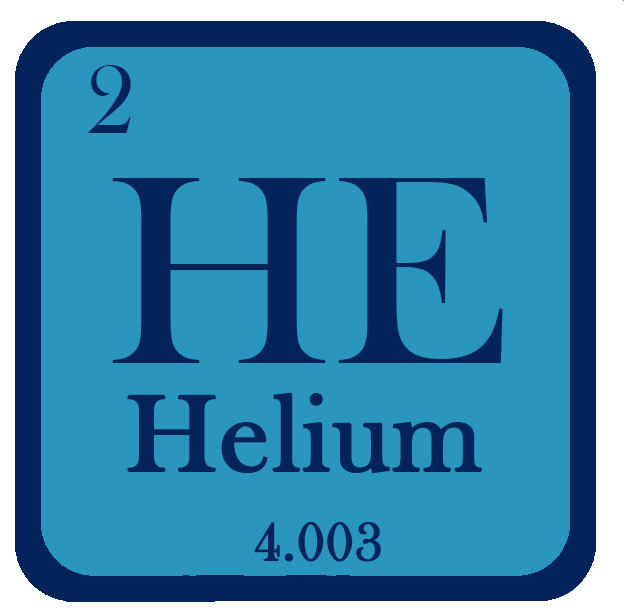
Helium
Gas & Liquid Suppling
Helium’s unique properties make it indispensable in both medical and industrial applications. One of its most notable characteristics is its inertness. As a noble gas, helium does not react with other elements or compounds, making it safe and stable for various uses. Additionally, helium has the lowest boiling and melting points of all elements, remaining a gas even at extremely low temperatures. This property is crucial for applications requiring cryogenic temperatures, such as cooling superconducting magnets in MRI machines, ensuring their proper functioning. In the medical field, helium’s low density is particularly beneficial. When mixed with oxygen to form heliox, it helps patients with respiratory conditions like asthma and COPD by allowing the gas mixture to flow more easily through constricted airways, improving oxygen delivery. Helium’s non-re nature also makes it ideal for use in cryotherapy, where it can freeze and destroy abnormal tissues without causing damage to surrounding healthy tissues. Industrially, helium’s inertness and low density are equally valuable. It is widely used as a shielding gas in arc welding, protecting the weld area from atmospheric gases that could cause defects. In the electronics industry, helium is essential for maintaining the purity and quality of semiconductors and fiber optics during production. Its small atomic size allows it to penetrate and reveal leaks in various systems, making it an excellent choice for leak detection. Furthermore, in space exploration, helium is used to pressurize and purge fuel tanks and other systems in rockets and spacecraft, ensuring their safe and efficient operation. Overall, helium’s unique properties, such as its inertness, low density, and ability to remain a gas at extremely low temperatures, make it a versatile and essential resource in both medical and industrial contexts.
Download Gas datasheet